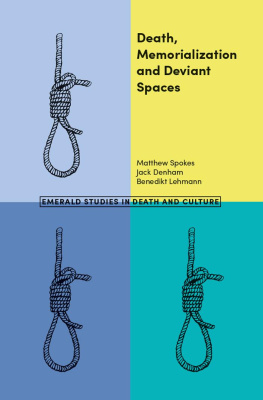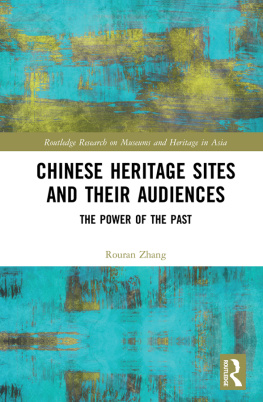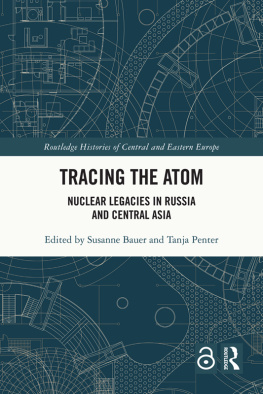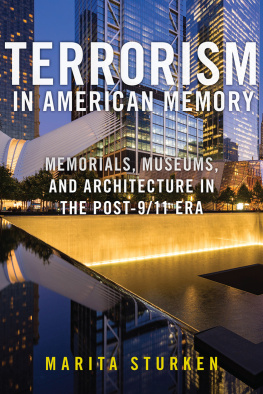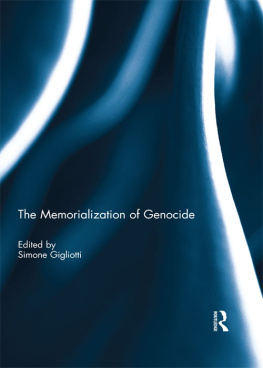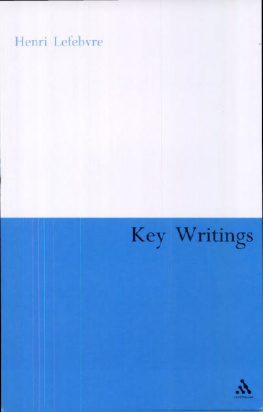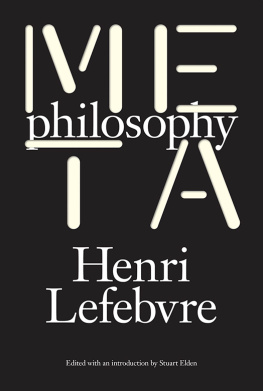DEATH, MEMORIALIZATION
AND DEVIANT SPACES
Emerald Studies in Death and Culture
Series Editors: Ruth Penfold-Mounce, University of York, UK; Julie Rugg, University of York, UK; Jack Denham, York St John University, UK
Editorial Advisory Board: Jacque Lynn Foltyn, National University, USA; Lisa McCormick, University of Edinburgh, UK; Ben Poore, University of York, UK, Melissa Schrift, East Tennessee State University, USA; Kate Woodthorpe, University of Bath, UK
Emerald Studies in Death and Culture provides an outlet for cross-disciplinary exploration of aspects of mortality. The series creates a new forum for the publication of interdisciplinary research that approaches death from a cultural perspective. Published texts will be at the forefront of new ideas, new subjects, new theoretical applications and new explorations of less conventional cultural engagements with death and the dead.
Published titles
Brian Parsons, The Evolution of the British Funeral Industry in the 20th Century: From Undertaker to Funeral Director
Ruth Penfold-Mounce, Death, the Dead and Popular Culture
Forthcoming titles
Tim Bullamore, The Art of Obituary Writing
Racheal Harris, Meaning and Symbolism in Pet Inspired Memorial Tattoos: Echoes and Imitations of Life
DEATH, MEMORIALIZATION
AND DEVIANT SPACES
BY
MATTHEW SPOKES
JACK DENHAM
BENEDIKT LEHMANN
York St John University, UK

Emerald Publishing Limited
Howard House, Wagon Lane, Bingley BD16 1WA, UK
First edition 2018
Copyright Matthew Spokes, Jack Denham and Benedikt Lehmann. Published under exclusive licence.
Reprints and permissions service
Contact:
No part of this book may be reproduced, stored in a retrieval system, transmitted in any form or by any means electronic, mechanical, photocopying, recording or otherwise without either the prior written permission of the publisher or a licence permitting restricted copying issued in the UK by The Copyright Licensing Agency and in the USA by The Copyright Clearance Center. Any opinions expressed in the chapters are those of the authors. Whilst Emerald makes every effort to ensure the quality and accuracy of its content, Emerald makes no representation implied or otherwise, as to the chapters suitability and application and disclaims any warranties, express or implied, to their use.
British Library Cataloguing in Publication Data
A catalogue record for this book is available from the British Library
ISBN: 978-1-78756-574-6 (Print)
ISBN: 978-1-78756-571-5 (Online)
ISBN: 978-1-78756-573-9 (Epub)

CONTENTS
INTRODUCTION
The USA has spent much of 2017 in the throes of far-right marches that glorify confederate statues, and violence has sadly been the outcome of a recent example of this in Charlottesville (as of August 2017). James Glaser (2017, p. 1) asks what to do with the oft-glorified difficult heritage symbols of confederate statues during Americas recent swing towards the political right, writing: do we just toss them into the ash bin of history, purging them as if they never existed?
The answer to his question is complex and one that acts as a jumping off point for this book. In some instances, it can be a straightforward yes. Sharon Macdonald (2009) has written of the remnants from large-scale, national atrocities and the ways in which they have been systematically destroyed and deleted from history like swastika-laden ceilings at Nuremburg, Germany. Dark tourism theorists, on the other hand, have considered how these sites can and have been monetised for the financial gain of private interests and national governments alike (see, for example, Braithwaite and Lee, 2006; Sharpley and Stone, 2009; Stone, 2011).
Glaser is asking a question that has become more complicated of late. An increasing media focus on violence and death is turning the spotlight on exponentially greater number of spaces making it relevant to those who study criminal-celebrity, who have focused on the memorialization of individuals (see, for example, Kooistra, 1989; Hobsbawm, 2001; McCorristine, 2014). His question also calls to mind research in the area of difficult heritage that has traditionally focused on the politics and architecture of large-scale national atrocities, such as this work from Macdonald. But it also brings up theories of dark tourism that have, for over two decades, contributed much to our understanding of the consumption of death as it is experienced in physical places. Lastly, his question is relevant to spatial theorists who are likely to be more interested in the ways in which the difficult dead our term for the situating of the dead in problematic spaces manage to hang around, often unwanted, experienced in myriad ways by local communities despite various efforts to turn these sorts of infamous sites into ash.
This book sits at the meeting point of these approaches and in response to the following questions: how can you memorialize the dead and preserve the architecture of the past without enshrining a space for dark tourists to make their own? Or perhaps, in a more capitalistic sense, how can you develop a thriving dark tourist business without sensationalising the event and offending the sensibilities of the community? As they are often inclined, local councils find themselves trying to toss a space into the bin in a way that would put a halt to any sort of consumeristic tourist interest and unwanted media attention. But instead of just thinking about the legacy of some criminal individuals, or analysing the political position of difficult heritage architecture, or critiquing the monetization of the dead this employs and develops spatial theory alongside these ideas to explore how three scalar case studies can assist us in understanding the memorialization of the difficult dead. Stone (2011, p. 318) has called for such an interdisciplinary approach before, stating that:
Dark tourism research has been characterised by a banality that either illustrates deficient conceptual underpinning or provides for limited disciplinary synthesis. Thus, in order to assuage any structural deficiencies in dark tourism as a coherent body of knowledge, I suggest scholars need to transgress traditional disciplinary borders and interests.
This book, then, is the synthesis of several relevant research areas offered as a way of unpacking questions about deviance, death and memorialization through three escalating case studies: a bench on the site of an old gallows; the space between some terraced housing and a church; and the recreated historic town centre of a German city.
I.1. DOING THINGS WITH HERITAGE
By way of introduction, let us briefly think about what these research areas have offered, starting with difficult heritage. History is rife with examples of difficult heritage being used for political gain. For instance, Nieves considered difficult black heritage in South Africa and the utilisation of places of pain as tools for social justice (Nieves, 2009). This comes after Litters (2005) paper considering the use of British race heritage as a catalyst for social change and equality (Litter, 2005). The negative connotations of the past and the associated oppressive regimes have long been researched as places for the incitement of reform, commemoration and reorganization. In Hiroshima, Utaka (2009) has argued that the 25-metre high A Bomb Dome is a memorial for the over 100,000 lives lost in the closing stages of World War II, but it is also billed as an international peace memorial. This piece of architecture is a strong symbol of difficult heritage, war crime and suffering. When Auschwitz was first declared a museum by Poland it was, according to Young (2009), an attempt to glorify Polish martyrdom without a single mention of the word Jew throughout the exhibition. This heritage site was manipulated and presented as a place of Polish pain and suffering difficult heritage again becoming a political tool.

